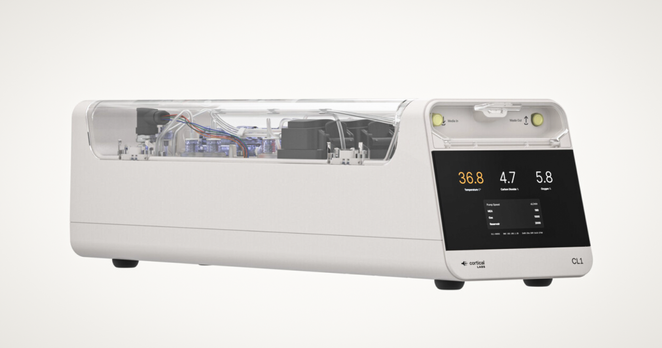The world’s first “biological computer” that fuses human brain cells with silicon hardware to form fluid neural networks has been commercially launched. #frightening
#biologicalcomputer #Neuralink #humancomputers #ai #australia #CorticalLabs #cl1 #sbi #synthetic_biological_intelligence #llm #neuron #neuronalnetworks
https://newatlas.com/brain/cortical-bioengineered-intelligence/

World's first "Synthetic Biological Intelligence" runs on living human cells
The world's first "biological computer" that fuses human brain cells with silicon hardware to form fluid neural networks has been commercially launched, ushering in a new age of AI technology. The CL1, from Australian company Cortical Labs, offers a whole new kind of computing intelligence – one…
